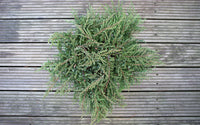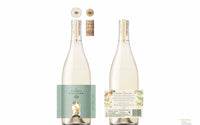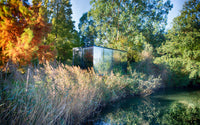Pinus sylvestris 'Chantry Blue'
Common name
Blue Scot's Pine
Family
Pinaceae
Genus
Pinus is the largest group of conifers in the world, one hundred and thirteen species all evergreen trees or shrubs. It is almost an entirely northern hemisphere genus. There is no fossil record in the southern hemisphere and only one species just crosses the equator in northern Sumatra. Pinus species have attractive bark, developing an irregular outline with age and bearing long needle-like leaves in bundles of two, three or five; conspicuous cones may fall or remain on the tree for years.
Details
Hand grafted and propagated at Lime Cross Nursery. Pinus Sylvestris 'Chantry Blue' is an attractive small blue pine tree. It will give structure and colour to the garden, especially in winter when other plants die down. Commonly known as a Scot's Pine, this variety has blue-silver needles year round and an irregular, bushy habit. The small cones are about two inches in size and ripen to grey or reddy brown in colour.
For more ideas on how you can place conifers within your garden take a look at our blog post here: Blue Conifers for that colour pop in the winter garden.
Soil Type: Normal, heavy clay, light sandy, chalk, loam.
Aspect: Full sun.
Foliage Type: Evergreen.
Foliage Colour: Blue-silver needles.
Pot Size: 3 litre and 10 litre.
Ultimate Height: 1.5m.
Ultimate Spread: 1m.
Growth Rate: 20 years.
Special Attributes: The Scots Pine is native to the UK and ‘Chantry Blue’ was developed at the Chantry Nursery in Devon. It is notable for its narrow needles, bluer than other Scots Pines.












